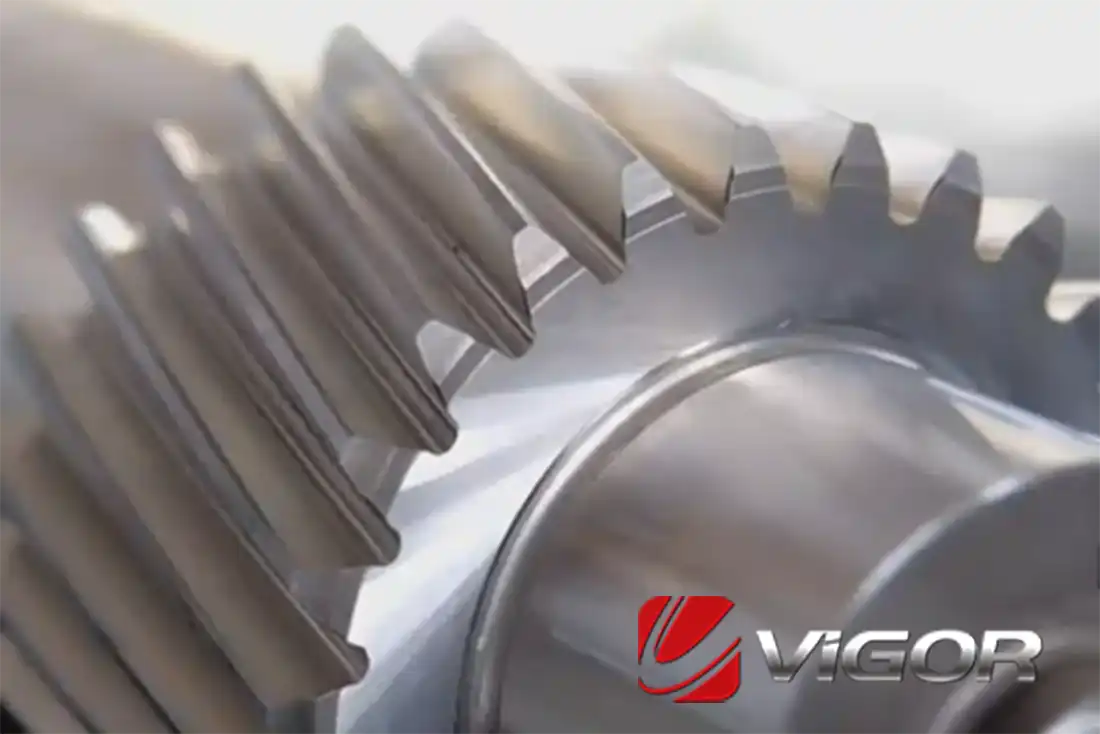
Knowledge
The Gear Shaft, Often Referred To As The "Pacemaker of Mechanical Systems"
Gear shaft plays an indispensable role in power transmission. This critical component ensures the stable operation and efficient transfer of power within mechanical systems, making it a cornerstone of modern industrial machinery.
To fully appreciate the significance of the gear shaft, one must understand its unique structure and functionality. The gear shaft is designed with precision-engineered gears that facilitate the conversion of different speeds and torques. This adaptability allows it to meet the diverse demands of various complex mechanical systems. For instance, in automotive applications, the gear shaft can adjust the speed and torque required for different driving conditions, ensuring optimal performance. In heavy machinery, it can handle substantial loads while maintaining smooth operation. This versatility is crucial for industries ranging from manufacturing to aerospace.
During power transmission, the gear shaft not only controls the direction and speed of power flow but also maintains high stability and reliability under varying working conditions. Whether operating at high speeds in precision equipment or bearing immense loads in heavy machinery, the gear shaft ensures that every link in the power chain operates seamlessly. Its precise control capabilities act like a conductor in a symphony, coordinating the collaborative work of various components and ensuring the entire system runs efficiently and reliably.
One of the key attributes of the gear shaft is its exceptional load-bearing capacity and wear resistance. These properties enable it to withstand significant forces and prolonged wear during operation. As a result, the gear shaft finds widespread application across numerous fields. In automobiles, it transmits power from the engine to the wheels, ensuring smooth vehicle operation. In machine tools, the precise control of the gear shaft enhances processing accuracy, leading to higher-quality products. In aerospace, where safety and performance are paramount, the gear shaft handles extreme pressures and complex power demands, ensuring the safe operation of aircraft.
The manufacturing process of the gear shaft is a testament to engineering excellence. It involves multiple intricate steps, including precise forging, heat treatment, and fine machining, all aimed at achieving high strength and precision. Each gear shaft undergoes meticulous design and rigorous testing by engineers to ensure it can operate reliably under extreme conditions. From selecting the right raw materials to conducting final product inspections, every step is strictly controlled to meet the highest quality standards. This attention to detail enables the gear shaft to perform exceptionally well in various challenging environments, serving as a stabilizing anchor for mechanical systems.
In conclusion, the gear shaft's role as the "pacemaker of mechanical systems" cannot be overstated. Its precise power transmission control and outstanding performance provide a robust foundation for the stable operation and efficient functioning of mechanical systems. Whether in everyday machinery or in advanced manufacturing sectors, the gear shaft's indispensable status underscores its importance in modern industry. It represents not only a technological marvel but also a symbol of human ingenuity and dedication, reflecting the continuous advancement of industrial civilization.
Welcome to contact us for more detailed information, please feel free to contact us at info@castings-forgings or call us at 0086 81127932




